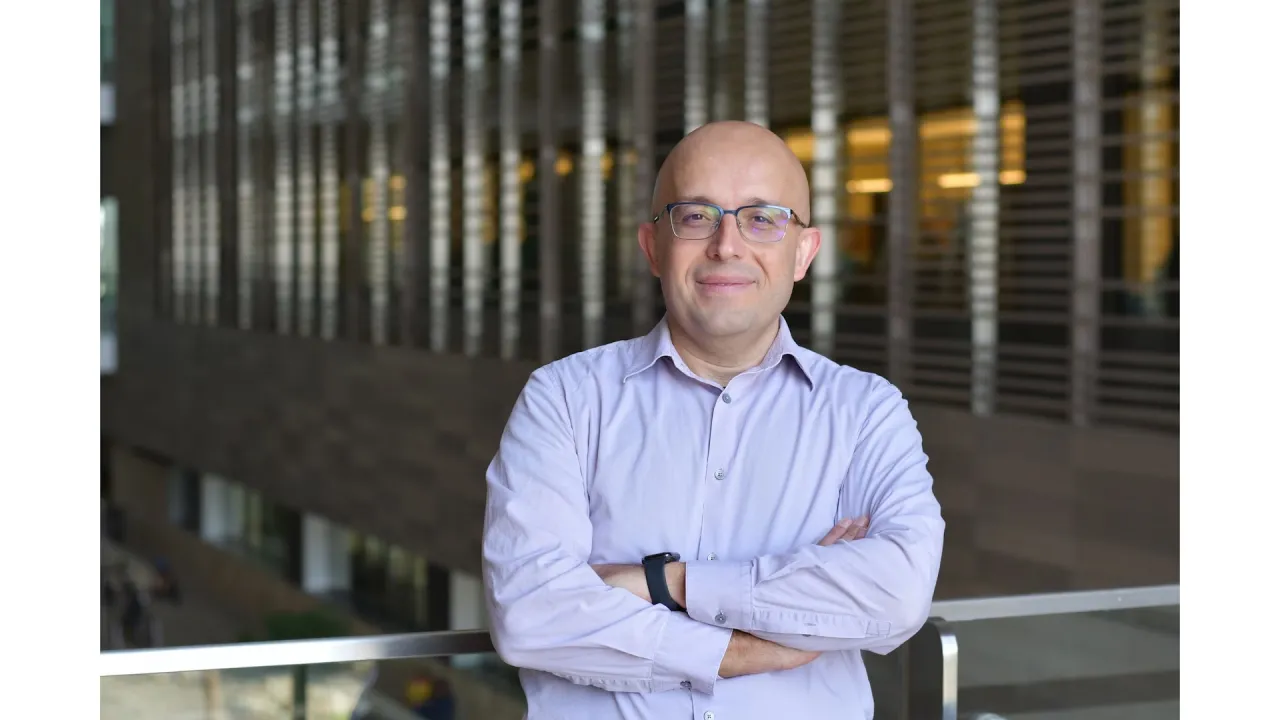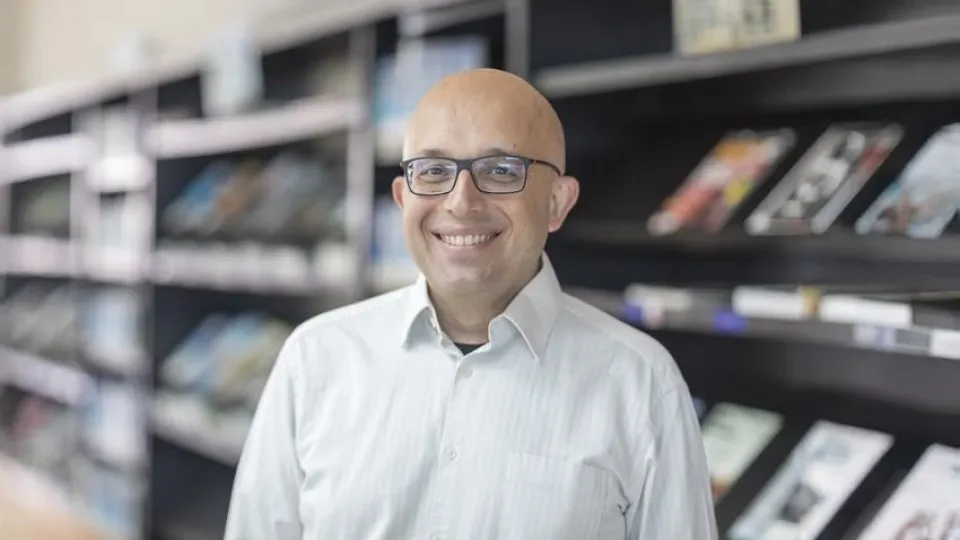
Professor Bagci Elevated to Senior Membership Status of the International Union of Radio Science
Hakan Bagci, KAUST Associate Professor of electrical engineering, was recently elevated to Senior Membership of the International Union of Radio Science (URSI) for his research achievements in the field of computational electromagnetics, and his long-standing involvement in the URSI, which includes serving on several conference technical program committees and editorial boards of journals.
About
By David Murphy
Hakan Bagci, KAUST Associate Professor of electrical engineering, was recently elevated to Senior Membership of the International Union of Radio Science (URSI) for his research achievements in the field of computational electromagnetics, and his long-standing involvement in the URSI, which includes serving on several conference technical program committees and editorial boards of journals. The URSI is a non-governmental and non-profit organization under the International Council for Science, that stimulates and coordinates studies, research, applications, scientific exchange, and communication in the fields of radio science internationally.
Of his elevation, he noted, “I am deeply honored to receive this recognition from URSI. Most of the credit goes to the past and present members of my research group at KAUST.”
Tackling “risky” research problems
Bagci received his B.S. degree in electrical and electronics engineering from Bilkent University, Turkey, in 2001; and his M.S. and Ph.D. degrees in electrical and computer engineering from the University of Illinois at Urbana-Champaign (UIUC), U.S., in 2003 and 2007, respectively. From August 2001 to December 2006, he worked as a research assistant with the UIUC Center for Computational Electromagnetics and Electromagnetics Laboratory, before working as a postdoctoral research fellow at the University of Michigan’s Radiation Laboratory, from January 2007 to August 2009.
He joined KAUST in August 2009 as an Assistant Professor of electrical engineering before being subsequently promoted to the rank of Associate Professor in the same program six years later.
Given the fact that Bagci’s research focuses on the development of new simulation tools, upon joining KAUST, he was especially impressed by what the KAUST Supercomputing Laboratory was planning to offer. He was also convinced to join the University as it, in his words, “offered the chance to often tackle “risky” research problems.”
“At the time I joined KAUST, it had the best state-of-the-art facilities and still has. Also, the availability of funding to tackle interesting research problems was an important factor in my decision to join KAUST. Over the years, this risk-taking attitude has helped me to distinguish myself from other successful researchers in my field,” Bagci said.
“I was also attracted to KAUST because of its research center/degree program structure that allows for easy interactions between researchers that work in completely different fields. Ten years ago, when I first started at KAUST, it was the only institution that offered such a collaborative research environment. Ten years later—it may not be the only one—but it is one of the few global institutions that has provided a very fruitful interdisciplinary collaborative base for its researchers,” he added.
Advancing the growing discipline of CEM
Bagci and his research group at KAUST are researching the interdisciplinary field of computational electromagnetics (CEM). CEM is seen as a highly interactional field which readily fuses elements of electrical engineering, physics, applied mathematics, and computational sciences to enable accurate, efficient, robust numerical modeling and characterization of real-life electromagnetic, optical, and photonic systems.
“From this perspective, CEM complements, and more importantly, enables other branches of electromagnetics, optics, and photonics that often rely on experimentation,” he explained.
“Numerical design and characterization of real-life electromagnetic, optical, and photonic systems is a challenging task because computation domains are huge, the frequency of operation has a large dynamic range, devices are geometrically intricate with dimensions varying by orders of magnitude, and design frameworks require many repetitions of simulations with different parameters.
“These requirements translate into large matrix systems with millions (if not billions) of unknowns to be solved for, multi-scale discretization, and ill-conditioned equations followed by prohibitively long executions times. My research group at KAUST is trying to address these challenges by developing novel efficient and accurate algorithms and numerical schemes for solving integral/differential forms of Maxwell equations.”
Bagci is excited to explore two main future research directions, namely the use of numerical modeling tools in data science and the development of multiphysics simulation techniques.
“Machine learning techniques often rely on the generation of big data sets — one way of doing this is through taking real measurements. However, for many applications, this might be costly or even impossible due to the long durations of time the measurements require. In such cases, simulation tools can be used to replace experiments. We are looking into ways of doing this in the field of electromagnetics.
“Engineering problems often involve more than one simultaneously happening physical phenomena. For example, an electrical engineer who wants to design a chip has to know about electromagnetics, semiconductor physics, optoelectronics, and even thermal analysis. Formulating and implementing efficient and accurate numerical schemes capable of modeling/simulating strongly coupled multiphysics phenomena is not trivial. My group at KAUST is looking into developing such techniques,” he concluded.
